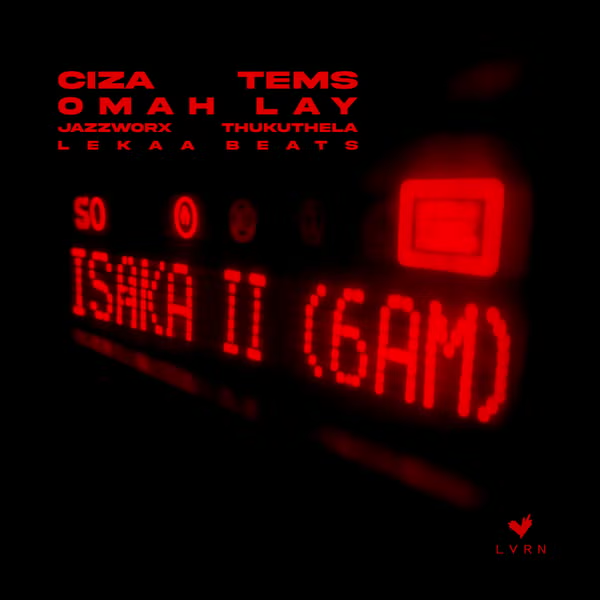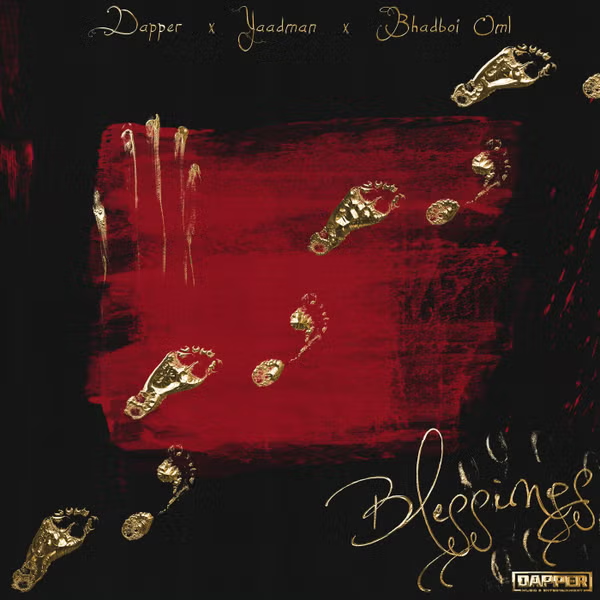Do you know witches? The kind that flies on broomsticks, wear pointy hats. Right, so, take that image, but smash it together with Christmas. And that, my friends, is Italy’s beloved Befana.
Much like the Reyes Magos of Spain, and in a similar tradition to Santa Claus, La Befana is a witch (old soot-covered woman) who delivers presents to Italian children treats on the morning of the Epiphany, January 6.
But if you were bad, look out – you may wake up to a lump of coal. Special treats on La Befana include sweet coal, small cookies called befanini, and Befana cake – a cake with a large dried bean inside. Whoever gets the bean in their slice is king (or queen) for the day.
La Befana has been flying around the world on her tattered broomstick to swoop down chimneys and deliver sweet or sooty judgment on girls and boys long before Kris Kringle could so much as grow a goatee. The witch has been in the Italian tradition at least since the eighth century, as part of the Epiphany.
In Italy, the Epiphany marks the official end of the Christmas season, commemorating the day when the three Wise Men arrived at the manger bearing gifts.
Every year, the occasion is celebrated with living nativity scenes, a great procession through the city center, and — most exciting for the sweet tooths among us — the arrival of La Befana.
According to the story, the four figures’ fates were intertwined when the Magi happened upon La Befana early on during their quest. She charitably hosted them for an evening in her humble but cozy cottage; the next morning, they invited her to accompany them to Bethlehem.
Busy cleaning her home, La Befana declined at first – but then, after they carried on their way – she had second thoughts. She quickly filled a basket with gifts for the baby Jesus and set off alone. Although she followed the same star, she was unable to find the manger before the Wise Men did on January 6, the Epiphany.
Today, La Befana continues to travel the world on Epiphany Eve, searching every house for the child and leaving candies and chocolates for the good children – just coal for the bad – in her wake. At Eataly, we are celebrating her arrival with panettone and pandoro, the traditional Italian holiday cakes, and other sweet treats.
According to a study by the Coldiretti farmers association in 2019, 47% of Italian households hang stockings for Befana to fill with gifts for their children, including chocolate, candy, dried fruits, nuts, and home-made cookies.
It wouldn’t be a proper Italian festival without an excuse to bake some yummy food and La Befana is no exception.




























![National Population Commission (NPC) Recruitment 2023 [Apply Now]](https://www1.illuminaija.com/wp-content/uploads/2023/03/Beware-of-Fake-Census-Ad-hoc-Recruitment-Link-350x250.jpeg)
